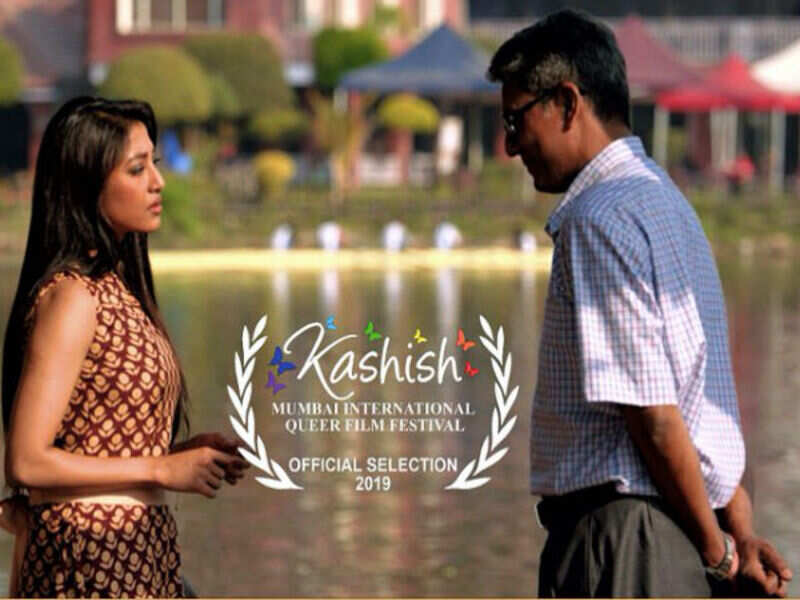

But Kamal Amrohiji said that she didnít have the dates. ìMeenaji was a poetess and proficient in Urdu and seemed apt for the role. Producer-actor Om Prakash had first approached Meena Kumari for it. But what remains her favourite is Jahan Ara (1964). I got tired of attending those functions,î she laughs.īetween 19, Mala gave hits like Duniya Na Mane, Hariyali Aur Rasta, Dil Tera Deewana and Anpadh.

We celebrated its silver jubilee in 36 cities.

But it was Yash Chopraís directorial debut, Dhool Ka Phool, (1959) that made her a star. Alongside, films like Balraj Sahniís directorial Lai Batti (1957), Sohrab Modiís Nausherwan-E-Adil (1957) and Ramesh Saigalís adaptation of Dosteovskyís Crime And Punishment, Phir Subah Hogi (1958), established Mala as an avant garde actor. Her act as the go-getter, who gives up love for luxury, won her applause. An impressed Guru Dutt signed her up for Pyaasa. ìGeeta Didi brought along Guru Dutt for the show,î she says.

Geeta Dutt, who was fond of fellow ëBengalií Mala, asked her to act in a play there. Those days filmmaker S Mukerji held a huge Durga ustav. She gives credit to Geeta Dutt for getting her Pyaasa (1957). The filmmakers watched the film and signed her for Naya Zamana. Kishore Sahuís wife got me padded costumes and wigs,î she smiles. Janki Das urged him to watch Malaís Hamlet, which though a flop, had won Mala acclaim. Director Lekhraj Bhakri was making Naya Zamana (1957). We were about to pack up and go back to Kolkata,î she says.įortunately, actor Janki Das came to their rescue. ìWeíd keep looking from the veranda of our house, hoping for a producerís car to drive in. Her other two films, Kishore Sahuís Hamlet (1954) and Ekadashi (1955), also failed. He went ahead and made Seema with Nutan and Kathputli with Vyjayantimala instead,î she says. Ami Dadaís Badshah (1954) flopped! He cancelled my contract. ìBut I was no Deepika Padukone, who made it big with Om Shanti Om! I had a bumpy ride. When noted film director, Amiya Chakravarty, came across a photograph of young Mala in Filmfare, he called her to Mumbai and signed her for a three-film contract. She was called Alda Sinha in school but later changed her name to Mala Sinha when she became a child artiste in Bengali films like Jai Vaishno Devi, Roshanara and Dhooli in the í50s. Hence, she was often mistaken for being a Bengali. Of Nepali origin, Mala Sinha was born and brought up in Kolkata.
#Bangla old movie actor adil full#
But life came full circle when she was honoured with the Lifetime Achievement at the recently held 63rd Jio Filmfare Awards 2018. Through the years, she won Filmfare nominations for her performances in Gumraah, Jahan Ara, Anpadh and Himalay Ki God Mein. Filmmaker, Amiya Chakravarty, charmed by her picture, invited her to Mumbai. A journalist in Kolkata came across her photograph profiled in a photo studio and got it printed in the magazine. Tell her that and she credits Filmfare for being her ticket to stardom. If her women-oriented roles earned her the title of ëDaring Divaí, her dreamy ësensuousnessí mesmerised millions, including filmmaker Mahesh Bhatt. From Ashok Kumar to Amitabh Bachchan she has romanced all. Satellite screens regularly give glimpses of her as in the romantic Anpadh, with the classic melody Aap ki nazron ne samjha, her fight as an unwed mother in Dhool Ka Phool, her unapologetic stance as the gold-digger in Pyaasa or her royal adas in Jahan Ara. Sheís happier travelling back and forth to the mountains of Nepal and to her husband Chidambar Prasad Lohaniís ëresort like homeí there. Mala Sinha, at 80 plus, has no desperation to cling on to past memories or trophies. But today, the sprawling residence is home to countless strays and pets, which daughter/actor Pratibha devotedly tends to. The foyer with vintage furniture may have played host to several celebrations. Inside too, there are no ostentatious signs of stardom. Mala Sinhaís bungalow sits right there on the bustling Turner Road in Bandra yet it remains impervious to the world outside.


 0 kommentar(er)
0 kommentar(er)
